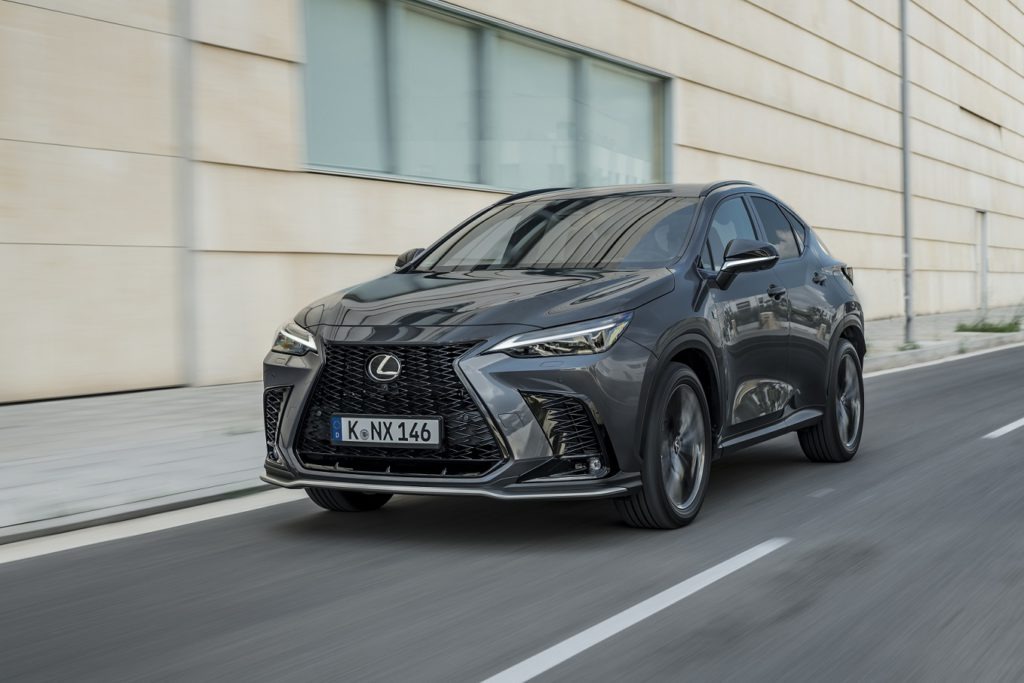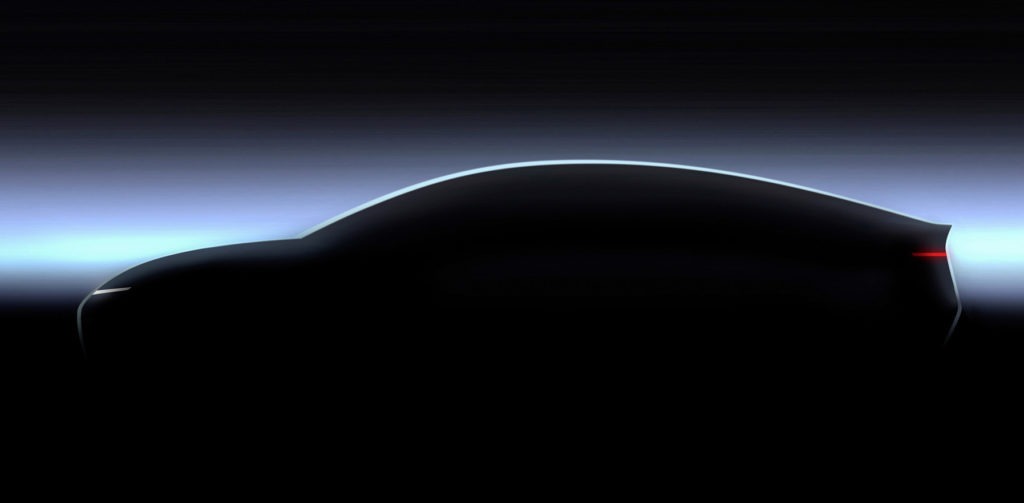Launch Report: The new Lexus LX challenges premium PHEVs
11 March 2022

The new Lexus NX is the first car from the Japanese brand to be offered as a plug-in hybrid (PHEV). Until now, the premium carmaker had only focused on hybrid-electric vehicle (HEV) technology. As Lexus and parent company Toyota prepare to enter the battery-electric vehicle (BEV) market, the NX could be seen as a ‘stepping stone’ for the brand’s customers.
Lexus vehicles have a reputation for reliability, and the NX looks to extend this with excellent build quality. Its design incorporates a large grille accentuated with sharp sweeping lines either side, giving the front an aggressive look, although this may polarise opinion. This stance is aided by larger side grilles surrounding the front fog lights, while at the rear, the Japanese carmaker has opted for the vehicle-wide light bar. Unlike some carmakers, the long beam across the boot lid is not integrated into the main units, but ‘floats’ above them instead, almost like a bridge between the two sides.
The new model is practical too, with a completely revised interior, offering plenty of cabin storage and a 545-litre boot. The infotainment system is more ergonomic than in the previous generation, almost wrapping around the driver and giving them better vision of the 14-inch display, with a mixture of touchscreen options and buttons for more refined control of the vehicle systems.
The new-generation Lexus NX is competitively priced and well-equipped compared to its rivals, while the Japanese carmaker also offers the affordable Lexus Relax plan, offering many advantages when consumers turn to the official service network.
View the Autovista Group dashboard, which benchmarks the Lexus NX in Austria, France, Italy, Spain, and the UK for more details. The interactive launch report presents new prices, forecast residual values, and SWOT (strengths, weaknesses, opportunities, and threats) analysis.
When it comes to hybrid technology, few would bet against Lexus. Together with Toyota, the carmaker is a HEV pioneer and has been developing the technology since launching its first model with electric-drive in 2005. In the PHEV version of the NX, the electric motor can provide around 70km of driving range, according to WLTP. For city driving, this extends to over 90km. Alongside the PHEV, the Lexus LX will continue to be offered with a standard hybrid powertrain.
While the exterior of the car looks aggressive, there is the potential that the design could age more quickly than traditionally-styled rivals, including the Audi Q5, Mercedes-Benz GLC and Volvo XC60. The soundproofing in the vehicle is good but engine noise does noticeably increase when accelerating hard, due mainly to the electronic CVT gearbox.
Compared to competitors such as the BMW X3 and Audi Q5, the Lexus NX does not offer a comparably dynamic driving experience. In addition, rivals in the D-SUV segment still offer internal-combustion engine versions, which remain a popular choice for many drivers and are more affordable. Others may be put off by the PHEV option, as consumers look to move directly to electric-only options with the increase in popularity of BEVs.




